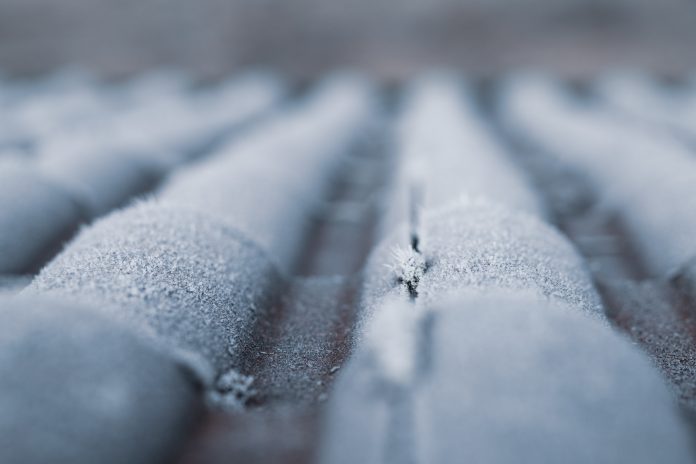Bad weather can have many impacts on people’s homes. While you can protect your windows or doors during lousy weather, the roof stands by itself to protect your property. The combination of heavy rainfall, powerful winds, hail, and lightning can cause damage.
There is little you can do to protect your roof during a storm. You might understand the bad weather, but analyzing the damage and taking precautions can be challenging. It is vital to get your roof evaluated by a specialist regularly. Scorching temperatures, blizzards, snow, and hail can cause damage to your roof.
● Rain
Even though your roof was installed to protect your house from rainfall, it’s not waterproof. Depending on how heavy the rainfall is and how well or often you maintain your roof, the roof will get water damage over time. Missing tiles or shingles in the roof can allow water to seep into your house, causing leaky attics. If the tiles or shingles are damaged, cracked, or wrongly installed, this can also happen.
To remedy this, ensure to inspect your roof regularly. Regular monitoring will help you spot any flaws or defects in your roof and repair them before the rainy season begins.
● Hail
Hail is frozen rain that falls when the temperatures drop. It can be tremendous, causing extensive damage to cars, buildings, and our homes. However, there is something little you can do for your roof to protect t from hail damage. Your best option is to inspect your roof after the hailstorm and repair any damages immediately. Hail s very damaging and can leave gaping holes in the roof. These holes can cause a lot of damage if not taken care of immediately.
● Snow
Snow might look beautiful on a roof during the holidays, but it can cause plenty of damage to your roof. The heavy snow will stress your roof and create icicles or ice dams during the thaw-freeze cycle if you let it build up. Accumulated snow can cause caving in your roof, cracks in the tiles and shingles, or leaky attics. Accumulation of snow is usually caused by improper attic ventilation. To get your roof inspected or fixed, contact professionals who specialize in Austin roof repair today.
● Wind
Wind can cause damage to your roof. Whether it’s just a strong gust, a hurricane, or a tornado, wind causes deterioration of roofs which can rip off tiles, shingles, or your gutter system. Extreme winds can damage your roof’s structural frame.
Ensure to get a roof inspection after strong winds blow in your area, even if your roof has not received any noticeable damage. This is especially important if any shrubbery or trees have been blown away or uprooted.
● Hail Storms
We’ve all seen those crazy, golfball-sized pieces of solidly frozen snow that swarmed all through seasons, causing havoc for property owners. Hailstorms are often the leading cause of homeowners filing insurance claims in America, inflicting significant damage to the roofs, siding, windows, doors, and other structures.
● Shrubbery
Shrubbery is usually dislodged and blown around by strong winds during a storm. It can damage your landscaping, siding, roof, and windows. If you have large trees and bushes surrounding your house, your roof is at significant risk of incurring damage from the shrubbery.
The most appropriate precaution you can take to minimize damage from shrubbery is to trim overhanging trees to keep them at bay from your roof. Branches thrown into your roof usually dislodge or break the shingles and tiles, causing damage to your roof. Shrubbery can also clog your gutter system. Ensure a professional inspects your roof after wind storms to check for damage.
● Extreme Temperatures
Freezing temperatures are usually accompanied by snow, strong winds, and ice, which we’ve already covered. However, this does not mean that hot areas free from snow and ice suffer from roof damage. Extreme heat can sometimes even damage your roof more than cold temperatures. Prolonged exposure to high temperatures causes internal and external damage, causing the roof to age rapidly and affecting the attic ventilation. It can cause deterioration of shingles, tiles, and the roof’s discoloration.
Bottom Line
Severe weather can cause roof deterioration and expensive damage. Rather than suffering from extensive roof damage, your best option is to inspect your roof regularly to ensure that any loose or broken tiles and shingles are fixed or replaced. Having a well-maintained roof can help prevent disaster.
Apart from this if you are interested to know about Cold Weather then visit our Exterior category.















